Among the innumerable viral videos of the protests in Iran, perhaps the most moving one features a young woman dressed in white. She is twirling amid a cheering crowd, raising her arms and chest to the sky, before ceremoniously tossing her head scarf into a bonfire.
It is brave, because like Mahsa Amini – a Kurdish woman whose death while in custody of the Gasht-e Ershad (or “guidance police”) has sparked waves of protests across more than 50 Iranian towns and cities – the woman could be arrested for disobeying Iran’s state laws of mandatory hijab, which were established in 1983. But the crowd is creating a shield for her. Only seconds later, another woman with uncovered hair sets her head scarf ablaze. Then a third woman.
The crowd claps and chants natrism, ma hame ba ham hastim: “Let’s not be afraid. We’re united.” The head scarves turn into ashes. Silence takes over for a moment. The smoke dances up to the night sky that bears witness to the determination of a nation that seems fed up with theocratic rules.
Ms. Amini died in unclear circumstances on Sept. 16, after being arrested for violating Islamic dress code in Tehran. Since then, at least 54 people have died in the unrest against Iran’s “morality police,” according to human rights groups. The state, meanwhile, has limited and disabled civilians’ access to the internet. Iran’s Supreme Leader has chosen to ignore the demonstrations so far, but Iran’s President and its judiciary chief have vowed to crack down on the protests.
The outcries are not necessarily against the hijab itself, but rather against its imposition on all women of all religions and nationalities walking down the streets in Iran; unveiled women face corporal punishment. The most recent wave of anti-hijab protests started in December, 2017, when Vida Movahed, a mother in her thirties, stepped onto a utility box in Tehran, raising a white head scarf aloft on a stick. She was identified and arrested, but her legacy has continued on large and small scales.
What seems different about these protests, other than their size and duration, is their feminist nature and the widespread support from men. That support of broader Iranian society for women and their right to choose is crucial. Previously, when women have risen up against the law, such as at a massive rally in Tehran on International Women’s Day in 1979 shortly after the Iranian Revolution, their protests were easily quashed, with Islamic groups dismissing any demand for freedom from the hijab as an anti-Islam sentiment, the left claiming the hijab was a symbol of cultural independence and a rejection of corrupt royalists, while many others stayed silent. No one, it seems, cared to ask women what they wanted.
Head scarves have a long and complicated history in Iran. Over the years, they have represented contradictory ideas: both backwardness and progressiveness; both misogyny and anti-colonialism; both subversion and subservience. In Iran, over the last century, they have been both wholly banned and wholly mandated. Ultimately, the hijab doesn’t mean much in and of itself; it’s the wearer who imbues it with meaning.
Today, by burning their head scarves, Iranian women are providing meaning: they are breaking that voicelessness. Although Iranian women have been muffled and our bodies barred from the public sphere for centuries, we learned long ago to unveil ourselves through the written word. It’s no coincidence that the first woman in contemporary Iranian history to publicly remove her head scarf, albeit temporarily, was the 19th-century poet Tahirih Qurratul-Ayn, who had first liberated herself through the expression of her voice. When she bared her head at a men’s gathering in Mazandaran, she created an uproar among her scandalized beholders. Some covered their eyes; others covered their ears; others still fled from the blasphemy they believed she embodied.
Our voices are everything, and for decades, the voices of Iran’s women have been stifled and subjugated. It is why I write from my experience as a Kurdish-Canadian novelist; for me, the act of writing is a powerful way to undo the repression of mandatory veiling, and in exchange, I create a bridge to my people. Because when women in Iran put their lives on the line to fight for their rights – and dare to raise their voices, by razing their head scarves – the least I can do is to be their voice. May we all do the same.
Source: https://www.theglobeandmail.com/
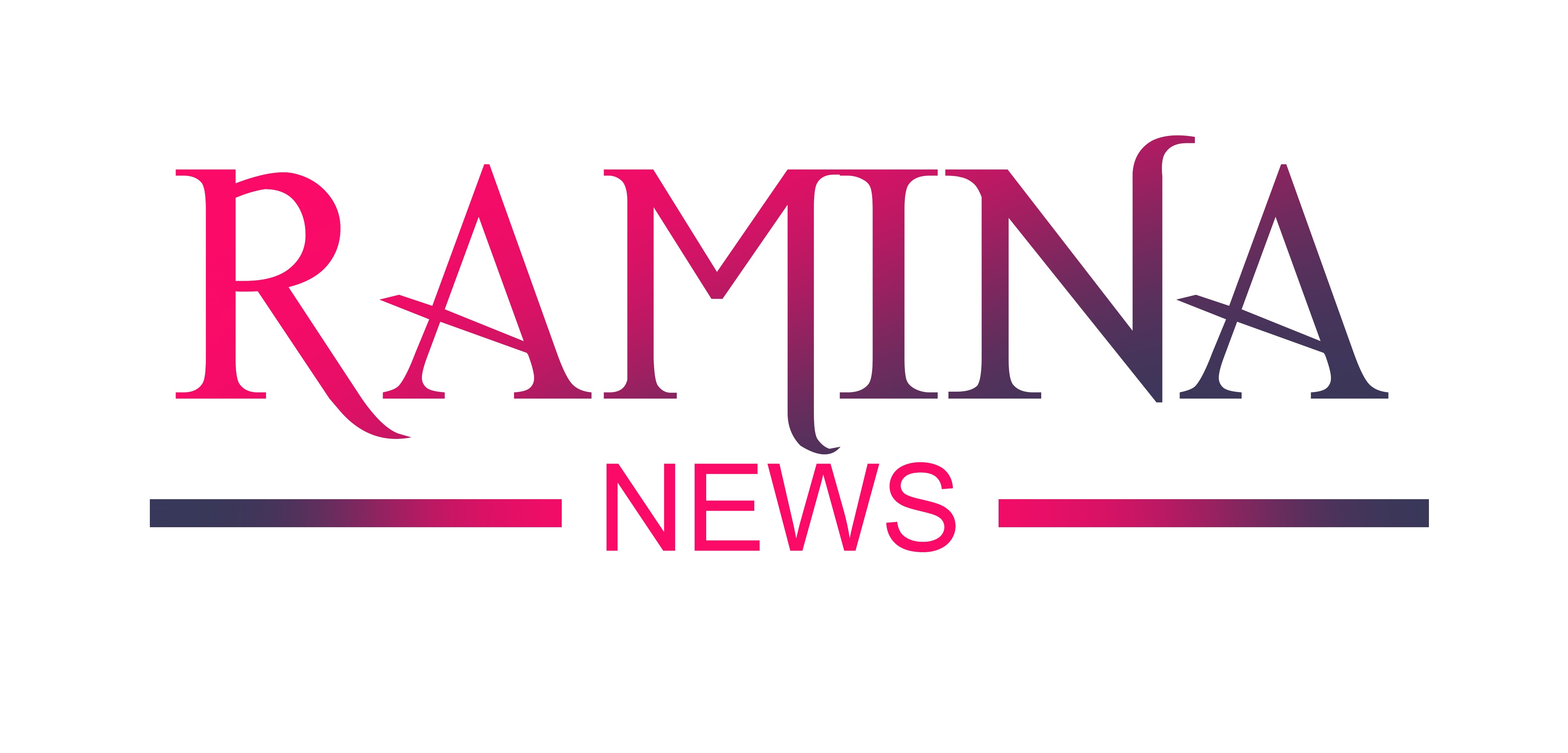
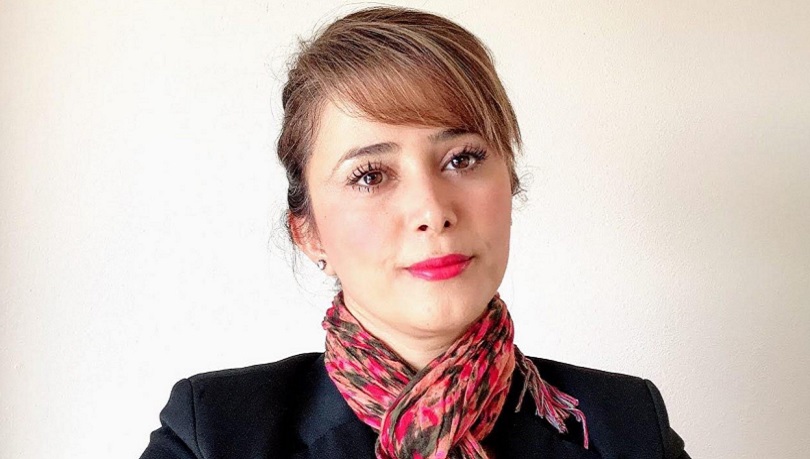






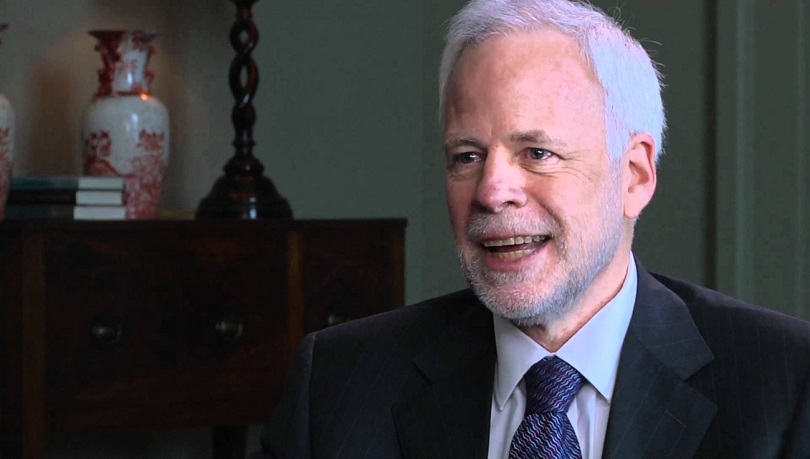




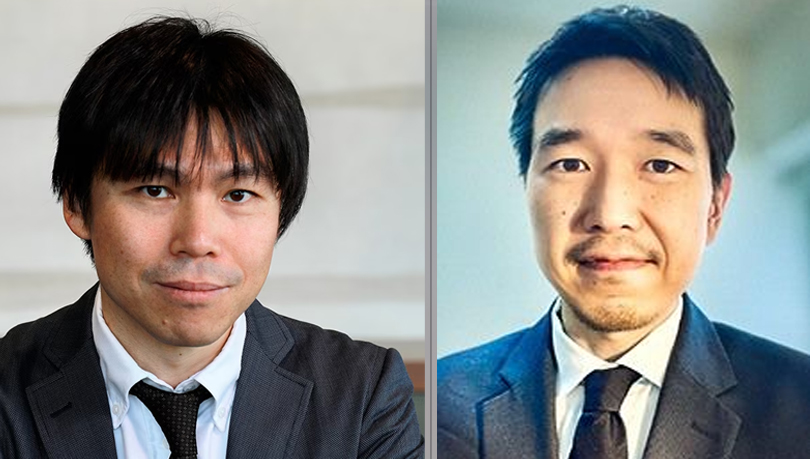
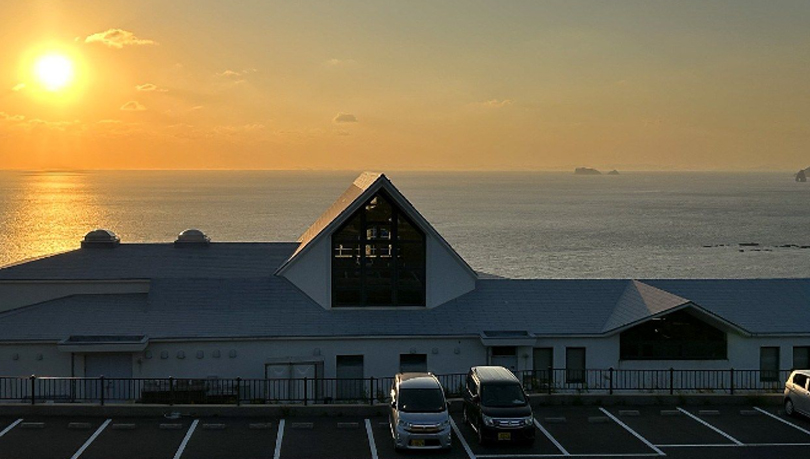


0 Comments